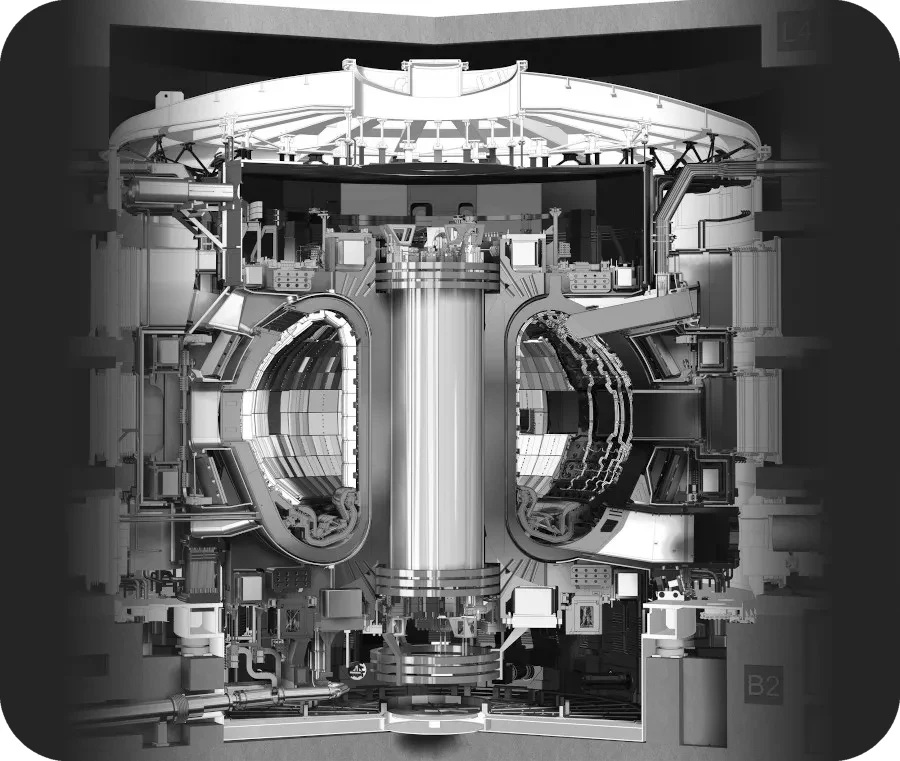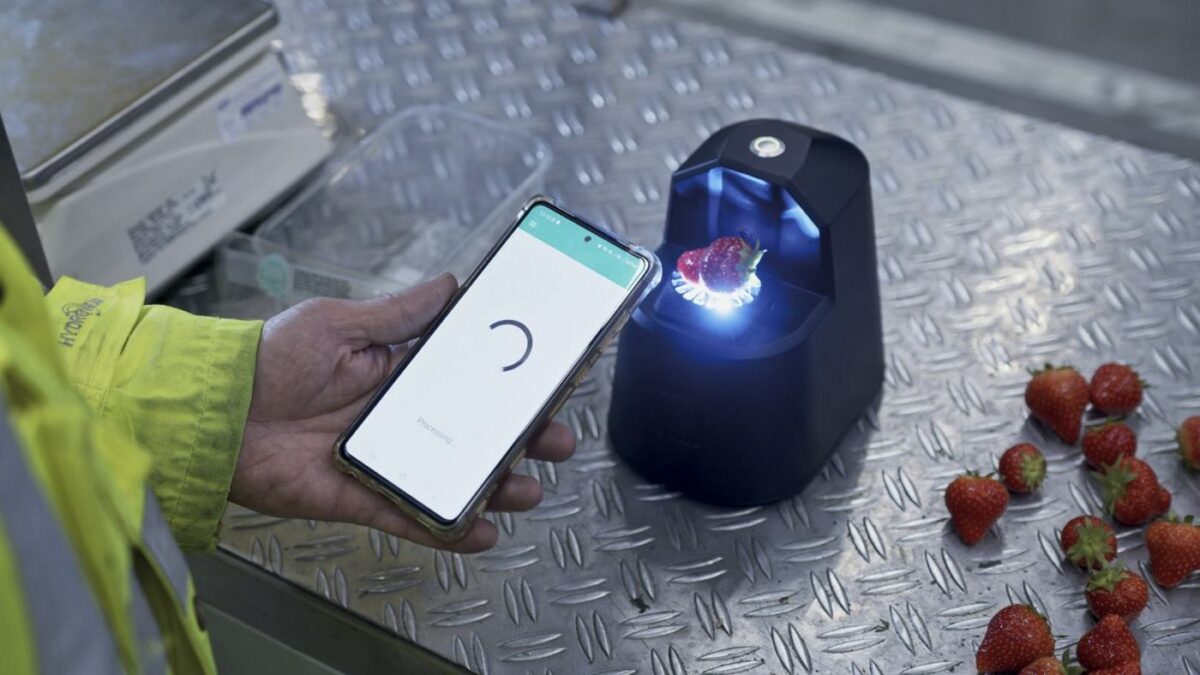Clean Limitless Power
A recent in depth article at Euronews.com delves into the groundbreaking work at the International Thermonuclear Experimental Reactor (ITER) in Provence, France where a colossal endeavor to mimic the sun’s energy through nuclear fusion is underway. Laban Coblentz, the head of communications, reveals the ambition behind constructing what is possibly the most intricate machine ever, aiming to prove nuclear fusion’s viability on a large scale.
The project, a collaboration among over 30 countries including the US, EU, Russia, China, India, and South Korea, focuses on the ITER tokamak – the world’s largest magnetic confinement chamber. Designed to withstand extreme temperatures and generate significant energy, the tokamak represents a pivotal step toward clean, limitless power. Jeanette Schranz, a key figure in the project, highlights the reactor’s aim to produce net energy, marking a significant leap toward sustainable power solutions.
Nuclear fusion, the process driving this massive endeavor, promises a clean and abundant source of energy by fusing two light atomic nuclei to form a heavier nucleus, releasing immense energy. Unlike nuclear fission, fusion offers a safer, waste-free alternative, potentially revolutionizing how we generate power. Despite the technological and logistical challenges, including delays and budget expansions, the ITER project is still moving forward.
The initiative offers a glimpse into the potential of fusion energy to reshape our energy landscape. As the project progresses, the hope is to lay the groundwork for a world powered by the same forces that light up the stars.
Not long ago we wrote an article about the very recent groundbreaking success in creating a nuclear fusion reaction that created more energy than it took. We also briefly explore the differences between nuclear fusion and nuclear fission (our current nuclear power).




